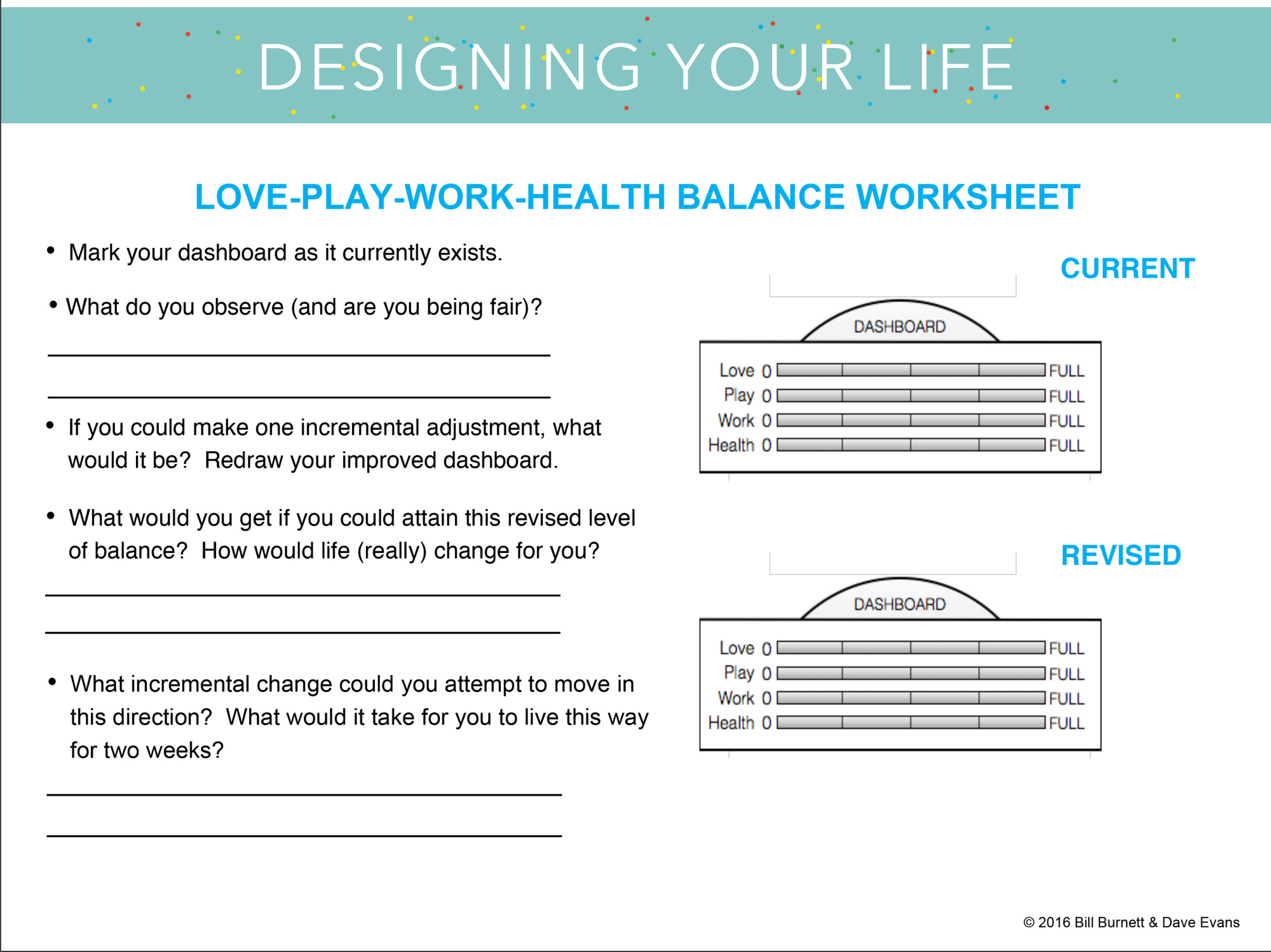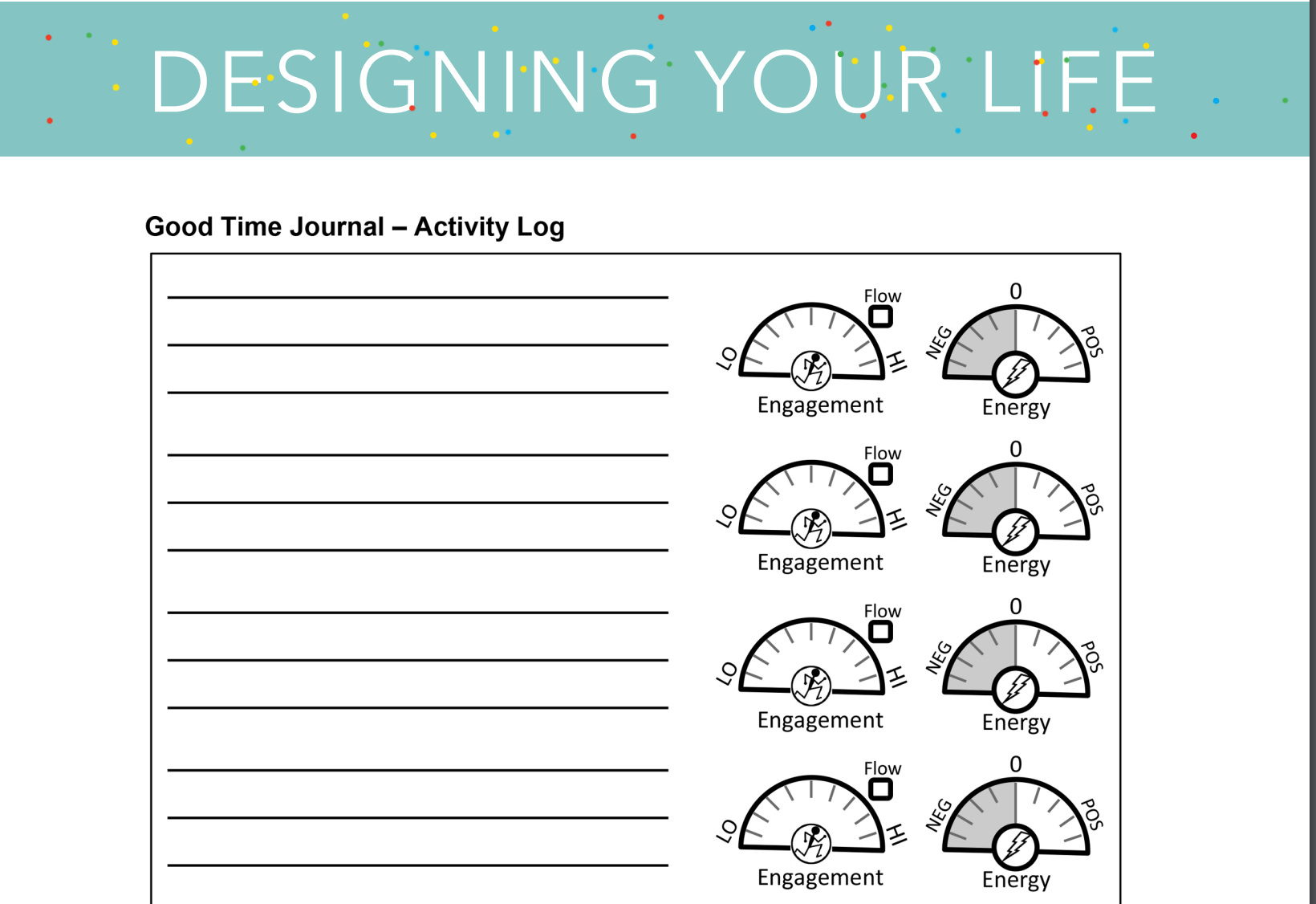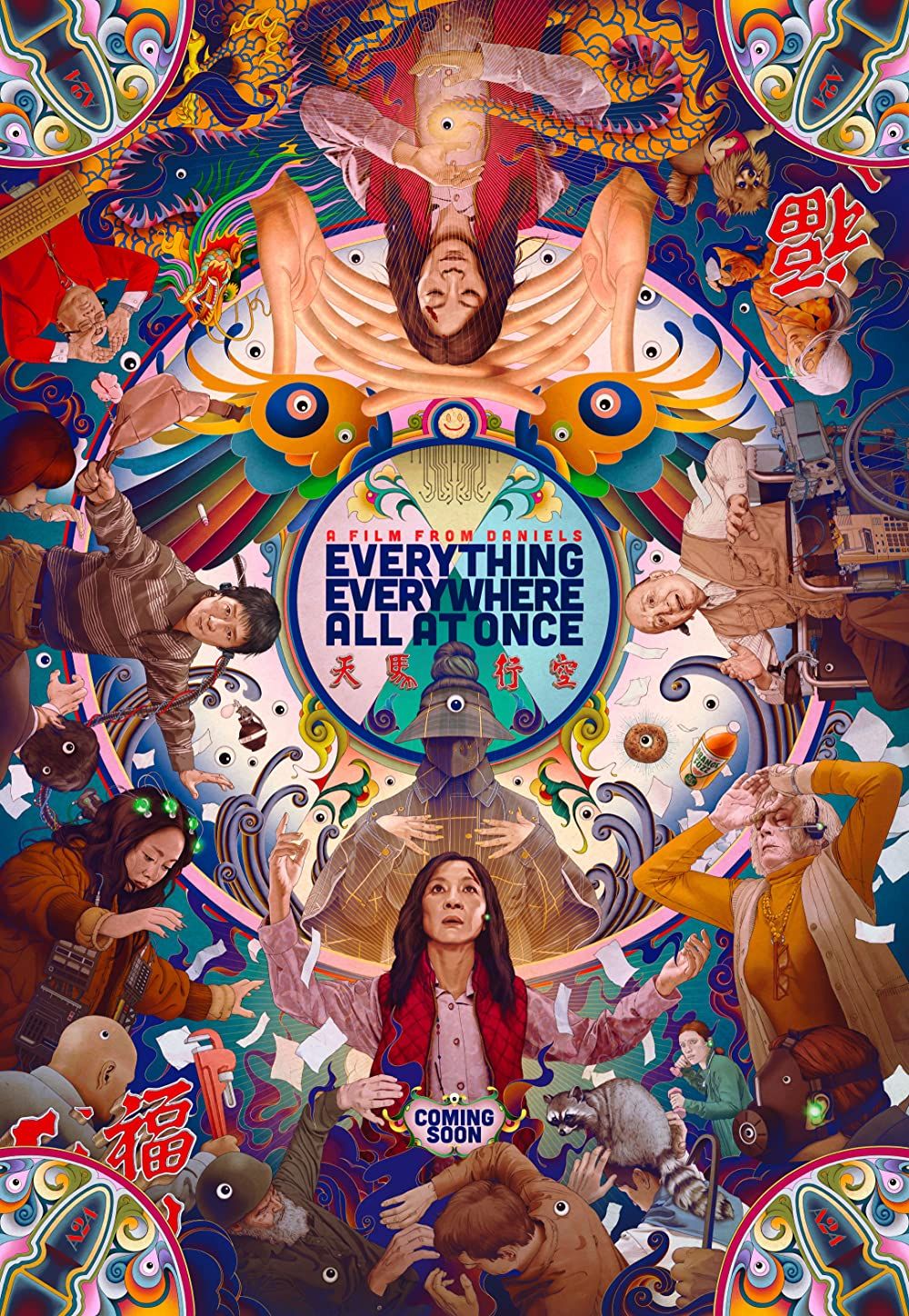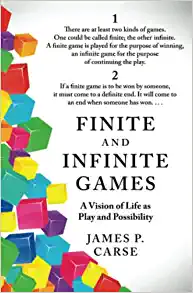Book review on: designing your life

During the holiday break between Christmas and New Year, I spent a week to relax mentally. As a comparison, physically, Mushi and I were trying to stretch to bootstrap our snowboard skills, so we went up to the mountain 5 days in a row.
Though the results didn't go as expected – snowboard has its own learning curve, but in other spare time that week, I was reading this book designing you life. There're quite some interesting ideas coming out of this book, and new angels to view my life at this stage. I started to work through some of the exercises recommended in the book. The book meant to be a half theory book, and half workbook, so, I guess I need to give it a 2nd run while finishing up all the exercises.
However, here, I will list up some of the points in the book that really enlightened me, and hopefully it's a good incentive for you to also pick up more books in the new year, and commit on it.
Without further ado, let's go!
The book could be separated into 3 parts, in my opinion:
- self-finding or self-exploring
- actual design approach, more on the jobs part instead of life part
- the balance, highlight the importance of happiness
One clarification, at least for me from the very beginning touching this book – what's a design thinking? As the book comes out from two professors in the design schools in Stanford, probably due to my professional experience/limitation, I was always thinking this is about UI/UX designing in software industries. Actually, the concept is way wider: the design here could mean the fashion designer for Paris Fashion Week, or it could mean any interior design or industrial designs. Fundamentally, it tries to highlight these design traits, and wants to apply them on life planning and adjusting:
- laying out a design principal
- aggressive brainstorm to not get your self stuck
- iterative prototype, there's always a low-cost way to try out
- dealing with failures smartly, and play the infinite game
Self-exploring
Like most self-help books, this part is mostly about doing exercise to understand yourself. Guess it could had a big drop rate at this point of this book; but whoever is able to commit it could definitely benefit. The exercises it proposes includes:
- Health/work/play/love gauge – if you didn't read the book, you can still have the worksheet on its website. It's interesting to see the 'play' category, as when I observed kids, that's what they do. When you're fully in the play mode, you're experiencing the flow - a mode deep in the human nature and bringing us fun.

2. The workview reflection and lifeview reflection - as I've tried this part. This is indeed really hard, even though it feels easy initially. The goal is to write up 250 words in 30 mins to describe without the environment limitation, what's your view on work and life?
- the workview could be easily mingled with a job description, actually they're on different level. workview here could be answers for questions like: what's work for? How does it relate to individual, others, society? What does money have to do with it? What do experience, growth, and fulfillment have to do with it?
- the lifeview is about writing down whatever critical defining values and perspective provide the basis for your understanding of life – essentially, the "matters of ultimate concerns". Some prompts could be: What's the meaning or purpose of life? what's the relationship between the individual and others? what's the role of joy, sorrow, justice, love, peace and strife in life?
- then, lastly, the fun part – try to see how coherent between your workview and lifeview – what do your views on work and life complement one another? where do they clash? and does one drive the other?
3. Then, it's the portion that a lot of book reviews highlighted -- the good time journal. Complete a log of your daily activists, using this worksheet provided. Try to do this daily, or at the very least every few days, and continue this for 3 days. So for every entry, try to measure the level of engagement, energy and whether there's a flow reached.

The actual design with a focus on jobs finding
After some self exploration, the actual design step starts.
So the first concept this book advocates is that there's not only one best life, instead, there're multiple great lives (and plans) within everyone, and people get to choose which one to build their way forward.

To materialize this concept, this is exactly like what's been talked about in the movie Everything Everywhere All at Once. There could be multiple parallel alternative universes in which resides in one possibility of your life, but to live a life, you need to choose one – The one you like, and it's unfair to say which one is the best one.
In order to see what you could end up with, the book urges people to try to create an odyssey plan – three alternative five-year plans, using a worksheet. It's essentially a dashboard like gauge on these plans, in terms of resources, likability, confidence, and coherence.
After that, I think 🤔 it gets to the part that I like the most – prototyping. It's not a new concept in software industry; however, to designer, it's even more handy tool for them. People tend to think – if I comprehensively research the best data for all aspects of my plan, I will be fine. Instead, the more practical approach needs to be building prototypes to explore questions about my alternatives.
People always have doubts of their plan, and by hindsight, the over-thinking proves to just be worrying about troubles of one's own imagining most of the time. What really needs to do is bias for action, and it's always possible to prototype something that you're interested in. You could conduct actions, or what the book recommends – an approach named prototype interview conversations.
Principles when applying these designs into life
After the above exercises, there're some other important notes:
- Learn letting it go – design is an iterative process, if some part goes wrong, instead of so much time agonizing and worrying, the better approach is always starting prototyping something new, let it go and move on!
There's no right choice – only good choosing.
- The other perspective is failure immunity. It sounds a little bit cliché, but put into the perspective of life design, it makes a lot of sense. If you're really design your life, you can't be a failure. You may experience some prototypes and engagements that didn't go so expected, but those were designed so you could learn somethings.
- Lastly, do you always think if there's a final exam at life end? No, life is a process, not an outcome. It's an infinite game, with no winners or losers. It also mentions this book: Finite and infinite games. Worth a read!

Two interesting points
Along the main line, the book also introduces other two interesting concepts worth to mention:
- Gravity problem: meaning they're not real problems. Why? Because in life design, it's not actionable, it's not a problem. It's a situation, a circumstance, a fact of life. It's the reality. The example the book gives is that the poet income, or ten years to M.D. And the key recommendation is identifying these gravity problems and not get stuck on something that you have effectively no chance of succeeding at.
- Anchor Problems: comparing with the above gravity problem, anchor problems are the ones that won't go away – they hold us in one place and prevent motion – like a physical anchor. It's important to notice what is an anchor problem and not get stuck there. Why there's an anchor problems in the first place? As sometimes, we're too in a hurry to jump to a solution to a problem, and too binding into that solution, and think about it's the only way moving forward. When it didn't move smoothly, we essentially get anchored. The solution here is to reframe the questions, meaning back to the fundamental question to ask what they're really aiming for. Reframing is a powerful design tool, and good to use it during any reflections.
Conclusions
This book won't solve every problem of your life, but would introduce this designing mindset when it comes to think about life planning. More importantly, it accepts that there's so many styles and we just need to be bias for actions, and start prototyping out. There's never too late to design a life you love!
Again, after reading the book, one could follow their website to see more resources.
You're here!
